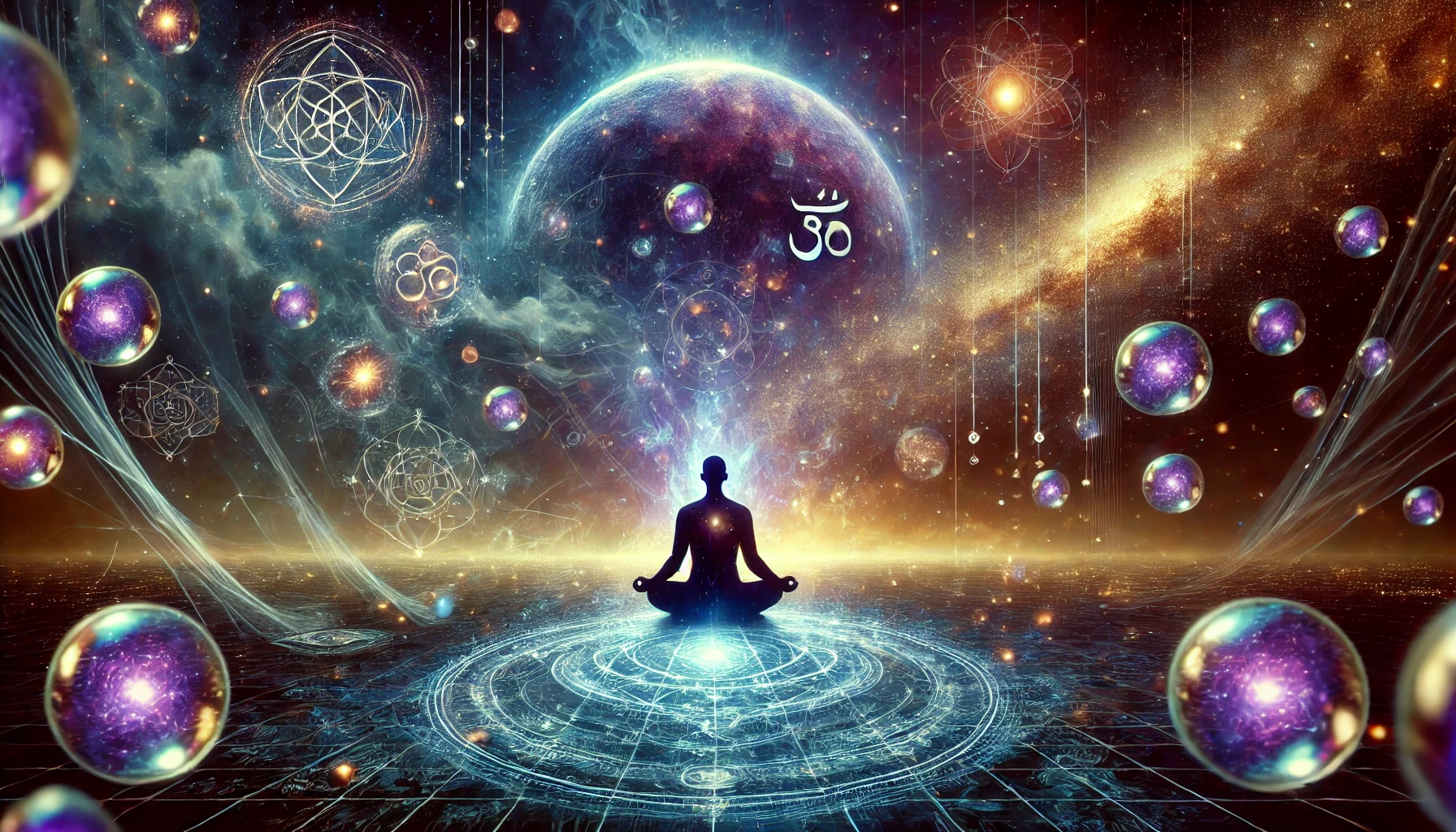The third eye often appears in spiritual and mystical beliefs. It is associated with enlightenment, heightened levels of consciousness, and deep intuitive awareness. However, this concept is not merely a metaphor; it has also begun to attract scientific interest. The pineal gland, considered the symbol of the third eye, is a structure located in the center of the brain. In this article, we explore the historical, scientific, and spiritual aspects of the pineal gland.
The Pineal Gland: Scientific and Physical Structure
The pineal gland is a small, pyramid-shaped structure located in the center of the brain. It produces the hormone melatonin due to its sensitivity to light. Melatonin plays a crucial role in regulating sleep patterns and the biological clock. However, some believe the pineal gland may have more complex functions and could potentially link to deeper levels of consciousness. The pineal gland sits between the two hemispheres of the brain, near the eyes, and responds to light. Unlike the eyes, it activates in the dark.
The Pineal Gland and the Concept of the “Third Eye”
In spiritual traditions, people refer to the pineal gland as the “third eye.” In Hinduism, Buddhism, and other mystical teachings, this “eye” allows individuals to experience their inner intuition and access a higher level of consciousness. It is also associated with concepts such as “enlightenment” and “awakening.” In Ancient Egypt, people believed the Eye of Horus symbolized the mystical function of the pineal gland.
The Pineal Gland and the “Soul Molecule”
People believe the pineal gland releases a neurotransmitter called DMT (dimethyltryptamine). DMT, known for inducing deep mystical experiences, appears in shamanic rituals. This substance, referred to as the “soul molecule” by Rick Strassman, is particularly released during birth, death, and some stages of sleep. This finding strengthens the connection between the pineal gland and spiritual experiences.
Historical and Cultural Perspectives

Ancient civilizations held the pineal gland in high regard. From Ancient Greece to the Roman Empire, many thinkers and philosophers proposed theories about the mysterious functions of the pineal gland. Descartes described the pineal gland as an organ connected to the “soul” and referred to it as the “seat of the soul.” In Ancient Egypt, people saw the Eye of Horus as a symbol of the consciousness and intuition represented by the pineal gland.
The Third Eye and the Ajna Chakra Connection
The third eye is also associated with the Ajna chakra, one of the seven primary chakras in the spiritual body. The Ajna chakra, located just above the space between the eyebrows, is connected to mental awareness, intuition, inner wisdom, and spiritual balance. People often symbolize it with a purple or indigo light. Activating the Ajna chakra provides deeper insight, spiritual awakening, and easier access to experiences on the astral plane.
The Pineal Gland and Modern Science
Modern science has not fully understood the functions of the pineal gland. However, many studies have investigated the process of pineal gland calcification. Substances like fluoride contribute to the calcification of the pineal gland, which can impact hormonal balance. People believe the pineal gland needs protection from environmental factors to function properly.
Open Your Third Eye: Concepts, Methods, and Practices
The third eye connects to the pineal gland, and according to ancient spiritual beliefs, this eye allows a person to connect with higher consciousness and intuition. Even if some are unaware, others report that activating this eye enhances their intuitive perceptions and leads to spiritual experiences.
Some spiritual and meditation techniques that can help open the third eye include:
1. Meditation
Meditation is a popular and effective method for opening the third eye. Yoga and deep meditation techniques stimulate the pineal gland and encourage its activation. Meditating in a dark environment helps activate the pineal gland.
- Ajna Chakra meditation focuses on the area between the eyebrows in the center of the forehead. Many people believe that an energy center exists in this region, and focusing on it can open the mind.
2. Breathing Exercises (Pranayama)
Breathing techniques balance the body’s energy and awaken the pineal gland. Practices like Nadi Shodhana (alternate nostril breathing) calm the mind and direct energy to the head, which helps open the third eye.
3. Staying in a Dark Environment
The pineal gland reacts better to darkness than light. Spending time in the dark or meditating without light for a while can activate the third eye.
4. Natural Healing Method
- Healing Crystals: Amethyst, lapis lazuli, and similar stones can help awaken the third eye. Using these stones during meditation or carrying them may stimulate the pineal gland, according to some belief systems.
- Aromatherapy: Essential oils like lavender or sandalwood stimulate brain functions, deepen the mind, and enhance inner awareness.
5. Healthy Lifestyle and Nutrition
- Avoiding Fluoride: Fluoride, found in toothpaste, contributes to the calcification of the pineal gland. Using fluoride-free toothpaste keeps the pineal gland healthy.
- Avoiding Sugar and Processed Foods: Sugar and chemical additives harm brain functions and hinder the pineal gland’s health.
- High-Quality Nutrients: Omega-3 fatty acids, leafy green vegetables, and organic foods improve brain health and nourish the pineal gland.
6. Spiritual Practices and Beliefs
Some people believe that spiritual awakenings, deep meditation, or astral travel experiences open the third eye. These practices stimulate the pineal gland and increase intuitive awareness.
React with emojis!











